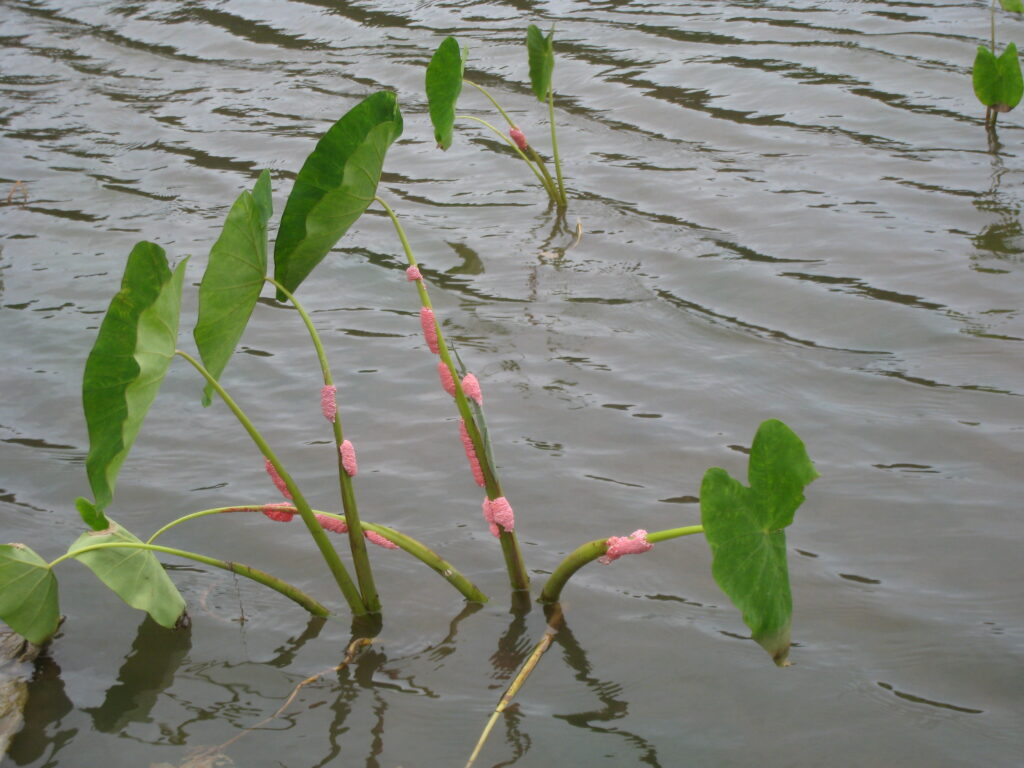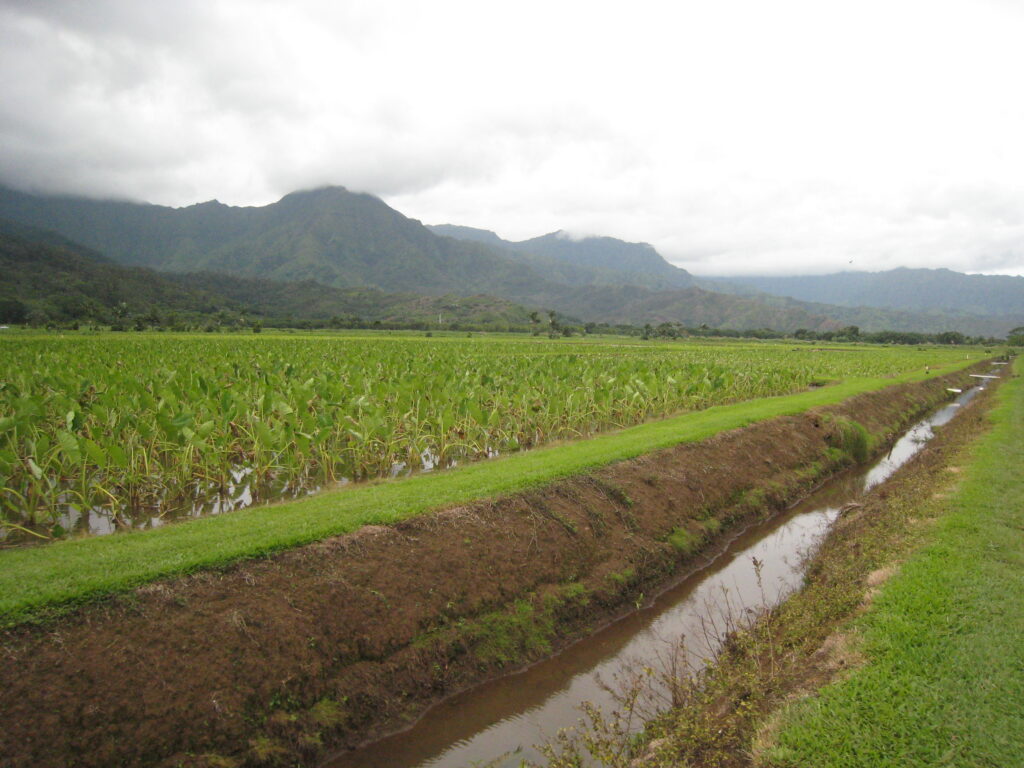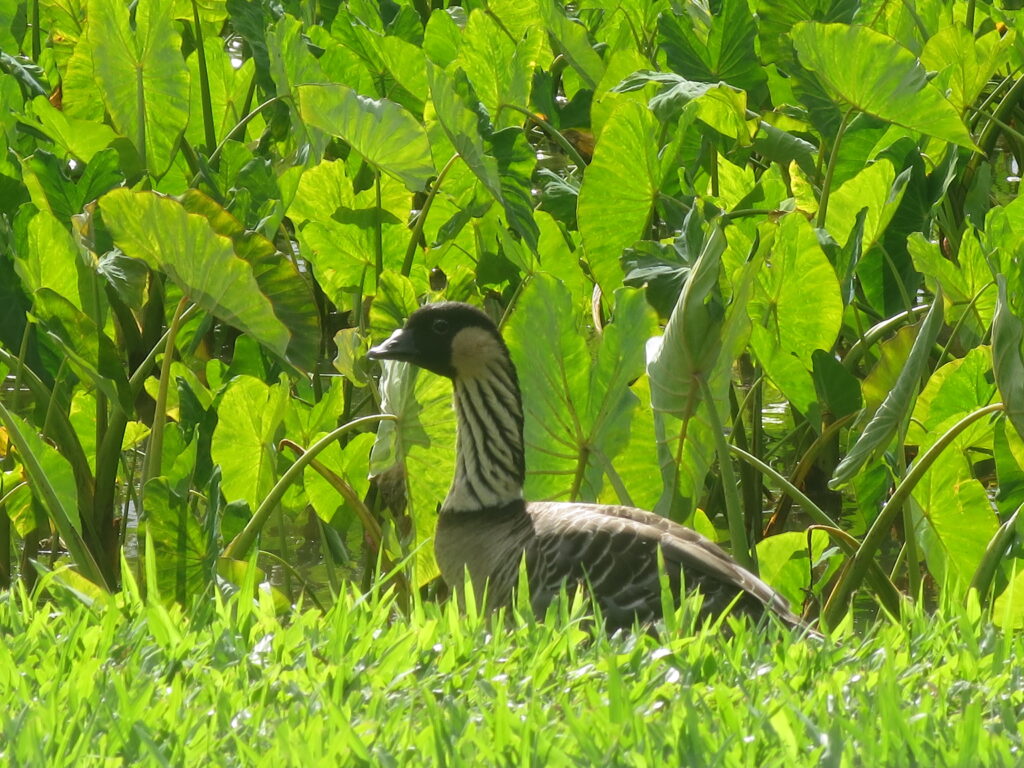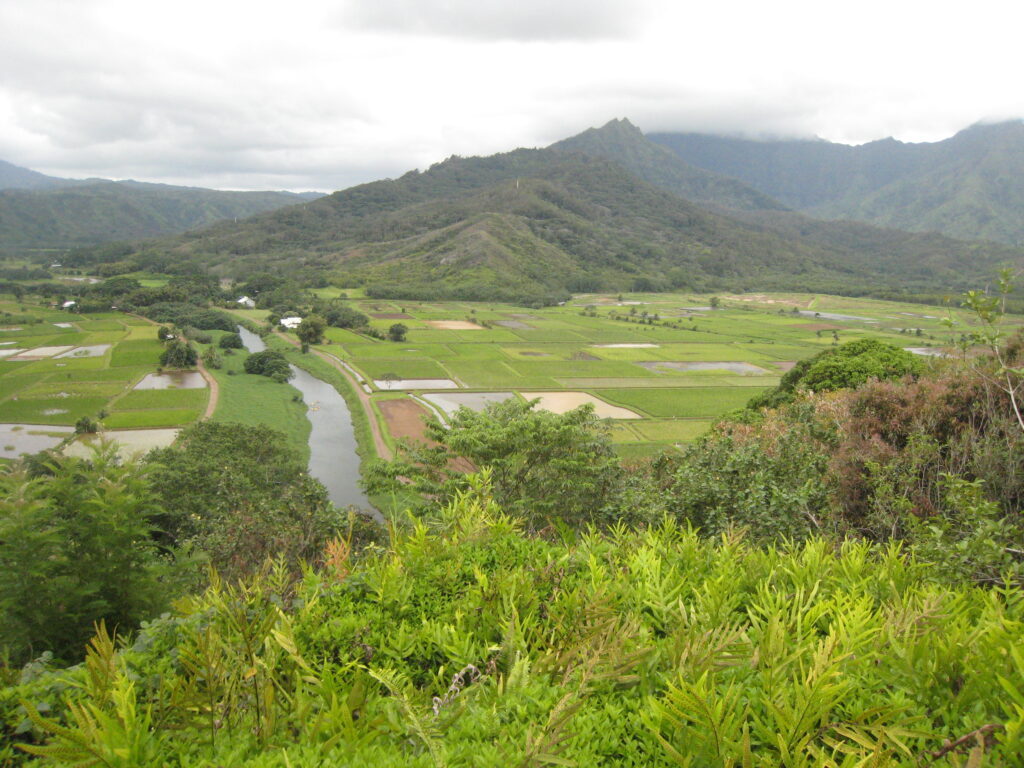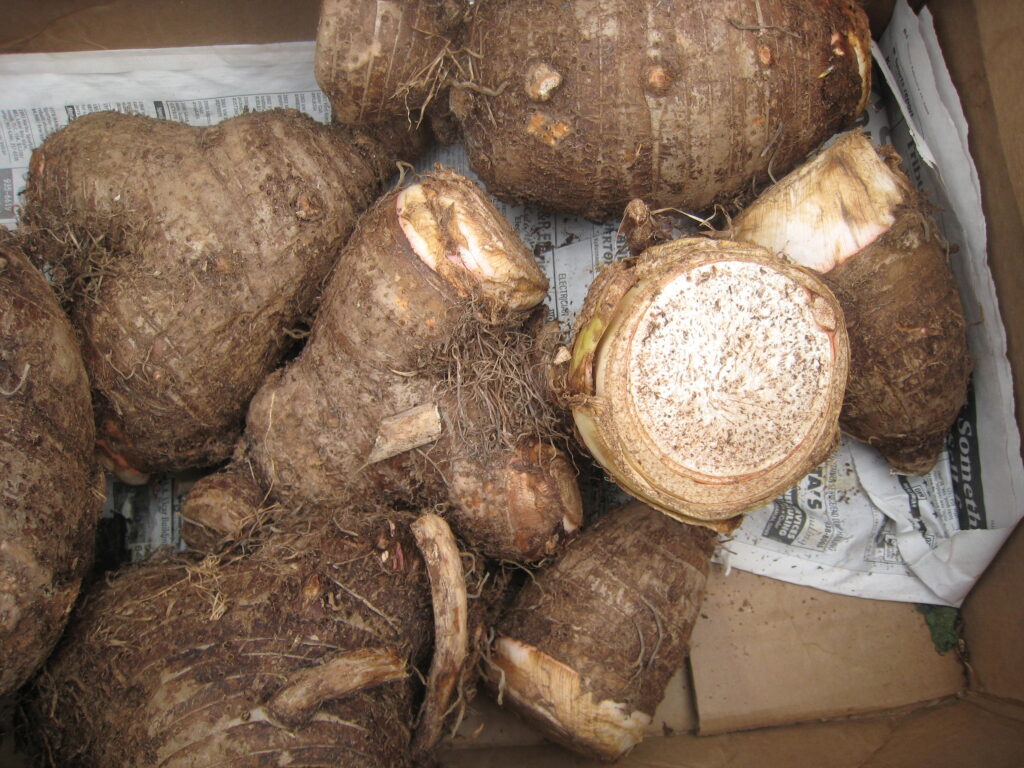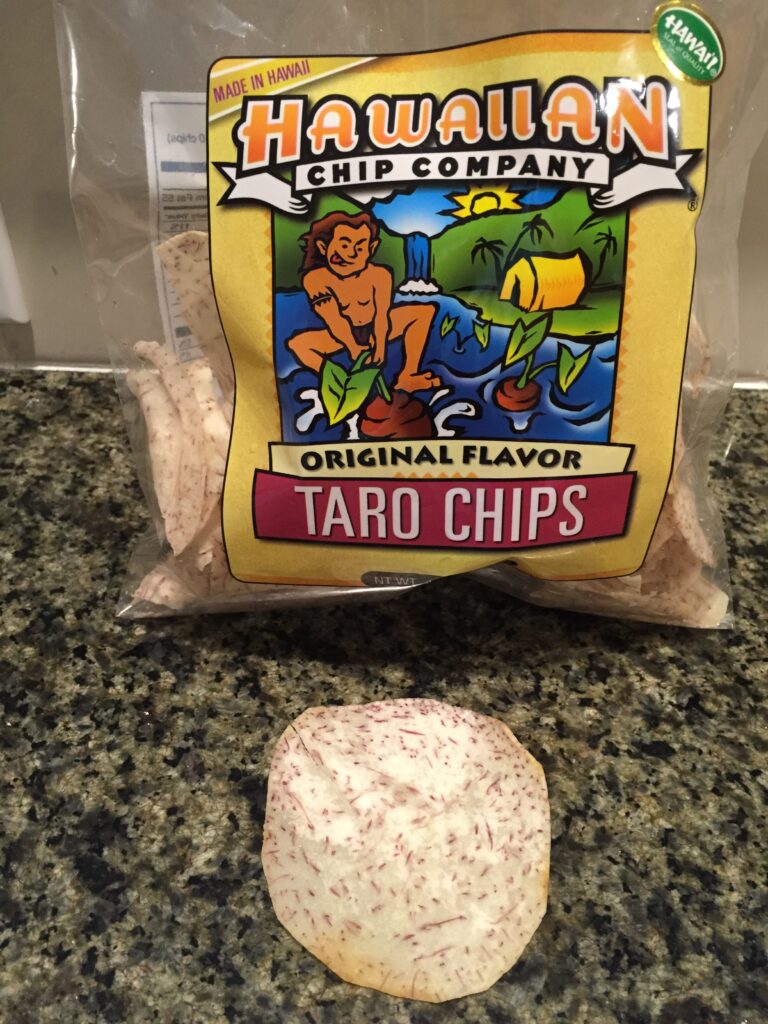I am standing at the lookout of the Hanalei Valley and enjoying another day in Kauai, the oldest of the Hawaiian Islands. Decade after decade The Garden Island pleasantly looks as if nothing has changed.
Pristine pastures, continual warm rainfalls, isolation from industrial pollution, and fertile soil are ideal conditions for growing taro. There is a reason the traditional staple food is in the Hawaiian genesis: all parts of the plant are edible—roots, leaves, and stems. And they are renewable too, all regrowing for a new crop.
Yet one seemingly inoffensive yet careless action can destroy any such favorable environment. That’s what happened in Kauai.
Customs Authorities everywhere confiscate non-indigenous living things—animals or plants so they don’t end up in our local wilderness, with dramatic consequences. But in Kaui, something failed. I am not alluding to the obnoxious, feral roosters but to the small escargots that have created havoc in the taro fields.
The Golden Apple Snail and the Taro Plant
I have left Princeville, on the northern side of the island, and drive down the valley, turning right onto a mud road that leads to a narrow bridge. The taro—a perennial herbaceous plant with elephant-ear-shaped leaves—stands from three to six feet tall above the patchwork of glistening paddies irrigated by the Hanalei River. As I walk on a berm in-between, nene geese don’t seem to mind. That’s when I notice pink ‘flowers’ on the stems of the taro plants. I had never seen them ‘in bloom’ before. From a distance, they do look like tiny flowers, but closer by, they remind me of the salmon roe I sometimes enjoy on crackers. I would later learn that these are egg clusters of the apple snails. After hatching, the hungry snails migrate to the immersed base of the plants and eat the bulbs. An entire crop can be decimated in a few days.
Theories and Trials
First, let’s clear the word apple attached to snail. In Hawaii, even bananas are called apple bananas. The reason for this is unclear, but etymology leans toward the words fruit producing root.
Back to the apple snail (Pomacea canaliculata), globally, it’s one of the 100 most invasive species in the shallow waters of aquatic crops, rivers, and ponds. By 2006, the snail infestation had raised the cost of a taro crop by 50 percent, a disastrous situation for Hawaiian farmers who spend as much time ‘harvesting’ the pest as growing a crop.
So, how did this invasion happen? First, it was attributed to their importation from South America for the aquarium trade but was then ruled out as the major culprit. The logical source of the invasion is attributed to the Filipino community in Hawaii that began to raise them in ponds as a delicacy. Whether the apple snail found its way to the taro paddies by accident or by design, it has been a parasite ever since.
Began a series of methods to control if not exterminate them. Ponds were turned into mud patches surrounded by ditches of water where the snails would be easily handpicked. Unfortunately, the gourmet side of that plan failed, chefs finding the texture and size of the wild snails unappealing compared to farmed ones. Other methods of removal—copper sulfate and underwater electric shocks—were not eco-friendly. What about predators, you may ask. As bad luck would have it, the pink color of the eggs isn’t appealing to most of them, and although fire ants are known to like them, it would be trading one pest for another. In the end, a safer and ecological method was to truck mobs of ducks to the taro fields every morning and drive them back to their cages at the end of the day—for protection from their predators.
The apple snail population decreased, but for a while only, control methods became an ongoing necessity. Meanwhile, the little suckers still enjoy life in paradise, like everyone else. And when under threat, they simply bury themselves in the mud, sealing-shut their shell—all snails do that, hardened mucus acting as a defensive door. Self-destruction could be the solution, after all, snails will cannibalize if food is scarce. This won’t happen any time soon in the Hawaiian environment.
The Hawaiian Cultural Side of Taro
Kalo—the Hawaiian name for taro—represents more than food. It’s the essence of the spiritual caring between land and people, known as Haloa—or Aloha, the Hawaiian welcome to visitors. It’s a part of mythology, culture, and nourishment. The demise of huli—the parent plant—would end the sharing of it to spread sustenance and abundance. Life-sustaining and soul-feeding, poi—the traditional purple, puréed dish is always served at a luau—a Hawaiian banquet. No more taro plants would also mean no more snacking on the distinctive, nutty-tasting chips, now scarce and pricey.
Other things have changed too. The parasitic apple snail is forcing farmers to wear rubber boots. Traditionally, their bare feet took the pulse of the land, feet and legs ‘massaging’ the fertile mud like the hands do for lomi lomi—the gentle Hawaiian massage. In the end, never doubt the power of small living things, they can be your environment’s demise.
First published May 2014 West Vancouver Beacon
Sources
- Apple Snail Infestation Hits Hawaiian Taro Fields
- Hawaii Invasive Species Council
- Invasive Species Compendium
- Statewide Strategic Control Plan for Apple Snail in Hawaii

